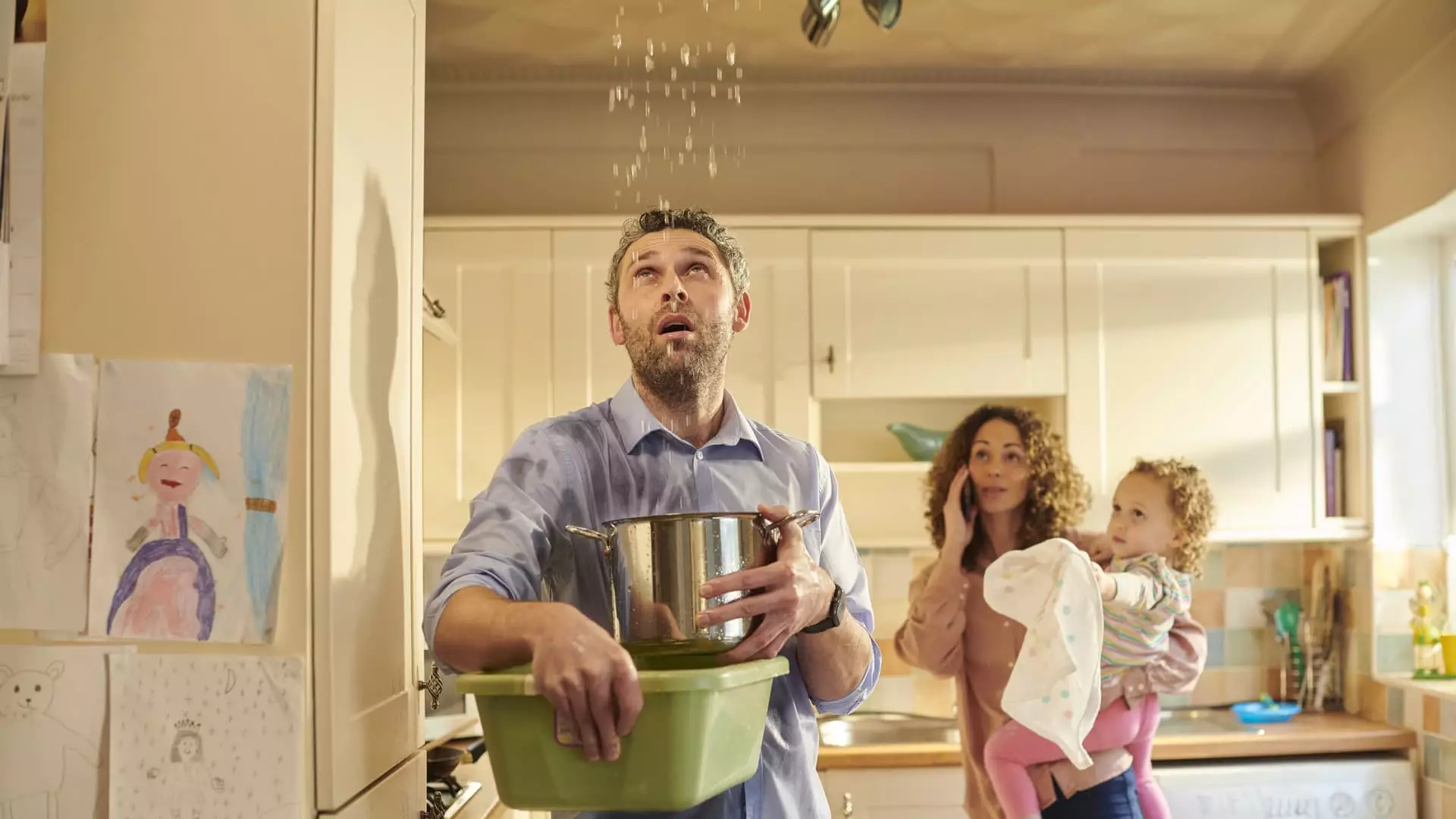The cost of owning a home in the United States has not only increased in terms of purchasing price but also in terms of keeping and maintaining the property. According to a recent report by Bankrate.com, the “hidden costs” of homeownership now amount to an average of $18,118 annually, which translates to roughly $1,510 per month. This figure includes property taxes, homeowners insurance, electricity, internet, cable bills, and home maintenance, calculated at 2% of the home’s value per year. Shockingly, these expenses are approximately 26% higher than they were four years ago when the total annual cost was $14,428 or $1,202 per month.
While the national median mortgage payment in April stood at $2,256, up 6.8% from the previous year, it’s often the maintenance and repair costs that catch new homeowners off guard. Repair expenses can vary significantly based on the age of the home, contributing to the overall surprise. As per Jessica Lautz, deputy chief economist at the National Association of Realtors, the lack of new construction in the housing market means that many homes being purchased are older. With the average age of owner-occupied homes sitting at around 40 years, the need for system upgrades such as HVAC units, windows, and doors becomes more apparent. It’s essential to consider that a roof lasts about 30 years on average, while vinyl siding has a lifespan of three to four decades, adding to the maintenance cost woes.
First-time homebuyers, in particular, often underestimate the true financial implications of owning a home, especially when it comes to maintenance and repairs. According to Jeff Ostrowski from Bankrate.com, new homeowners only realize the extent of potential problems after they’ve experienced them firsthand. Spending all savings on a down payment and becoming “house poor” is a common mistake that leads to running up credit card debt or high-interest loans to cover unforeseen maintenance costs. In 2023, nearly half of homeowners resorted to using cash from savings for home improvement projects, while others turned to credit cards or refinancing options to manage expenses.
Waiving Home Inspections and Risks
In recent years, with heightened competition in the housing market, many buyers have been waiving home inspections to secure their offer. However, this practice poses significant risks, as an inspection serves as a vital safeguard against hidden maintenance issues that may surface later on. Ostrowski warns against waiving inspections, stating that it raises the risk of moving into a property only to discover significant repair needs shortly after. Despite the competitive nature of the market, overlooking the inspection can lead to inflated ongoing costs post-purchase.
While the benefits of homeownership are undeniable, the financial responsibilities that come with it are often underestimated. It’s crucial for prospective buyers to factor in not only the purchase price but also the hidden costs of maintenance and repairs to avoid financial strain in the long run. Prioritizing savings for future maintenance needs and conducting thorough inspections before buying a home can go a long way in ensuring a smooth and financially manageable homeownership experience.

